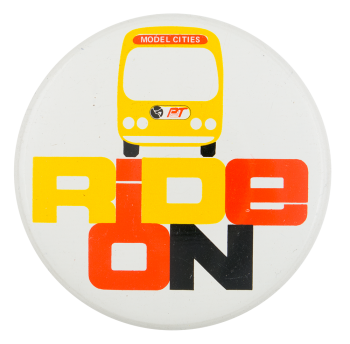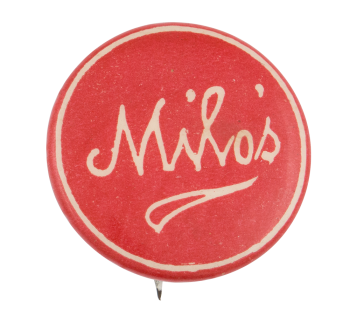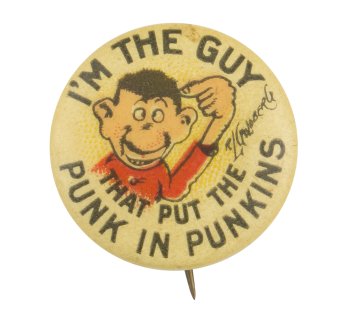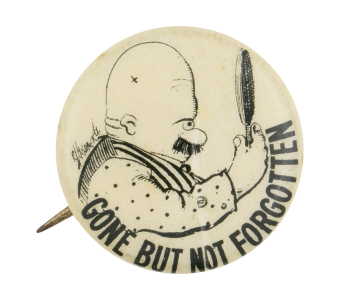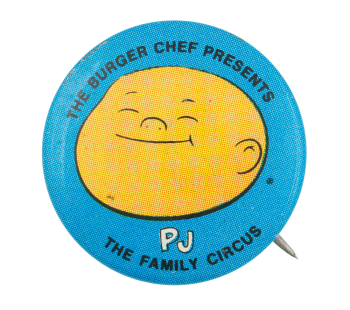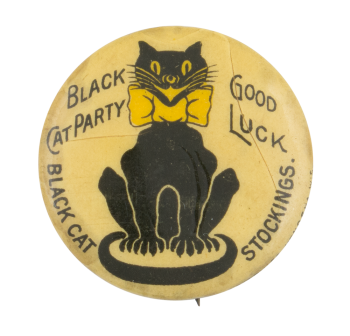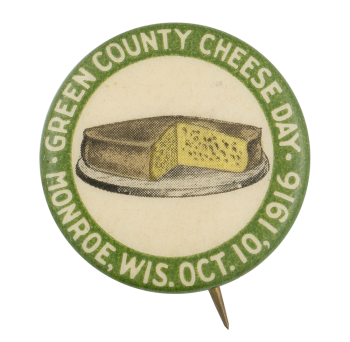Model Cities Ride On
| Category | |
|---|---|
| Additional Images | |
| Sub Categories | |
| Text on Button | RiDE ON MODEL CITIES PaT |
| Image Description | Illustration of a yellow bus over yellow, orange and black text on a white background |
| Curl Text | A.G. TRIMBLE CO. PGH. PHA. 15222 union bug |
| Back Style | |
| The Shape | |
| The Size | |
| The Manufacturer | |
| Additional Information | Port Authority Transit (PAT) is the main public transportation facilitator of Pittsburgh, Pennsylvania, and comes as a result of a 33 company merger in the 1950s-1960s. PAT ran its first busses on March 1, 1964. The Model Cities program was an urban aid initiative from the desk of President Lyndon B. Johnson. The intent was to revitalize the country’s poorest urban communities but the program met with much opposition. Philadelphia was the first city to participate in the program in 1967. |
| Sources |
Bartlett, J. T. (2016). Model Cities. Retrieved June 26, 2020, from https://philadelphiaencyclopedia.org/archive/model-cities/ The Antique Motor Coach Association of Pennsylvania. (2006, January 29). The Formation of PAT. Retrieved June 26, 2020, from http://www.amcap.org/history/alleghenycnty/pat/pat_part1.shtml |
| Catalog ID | AD0811 |

